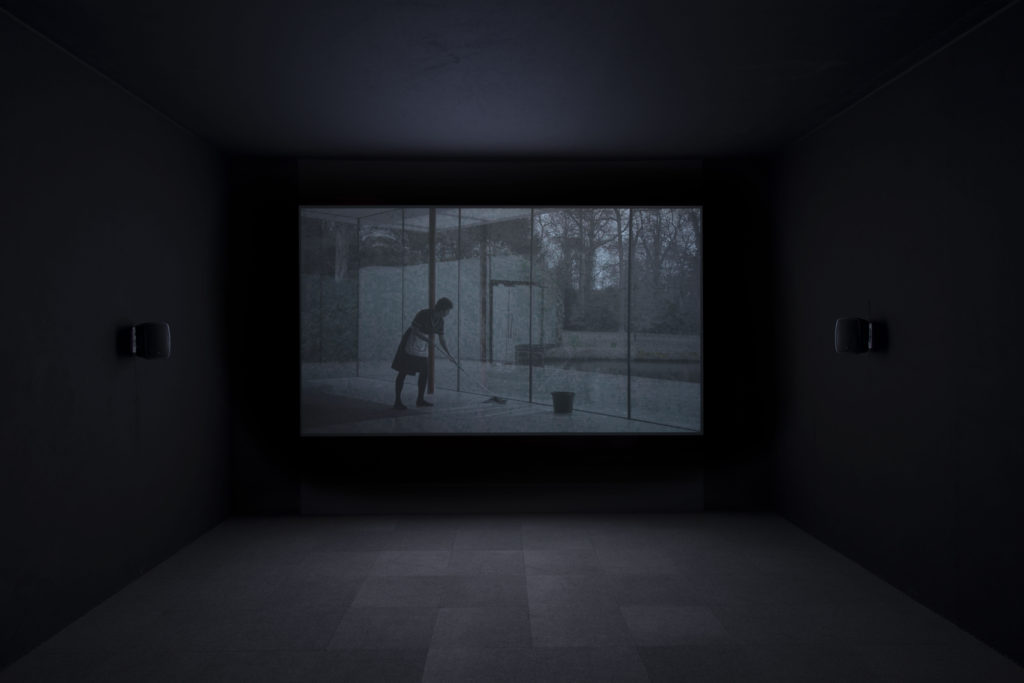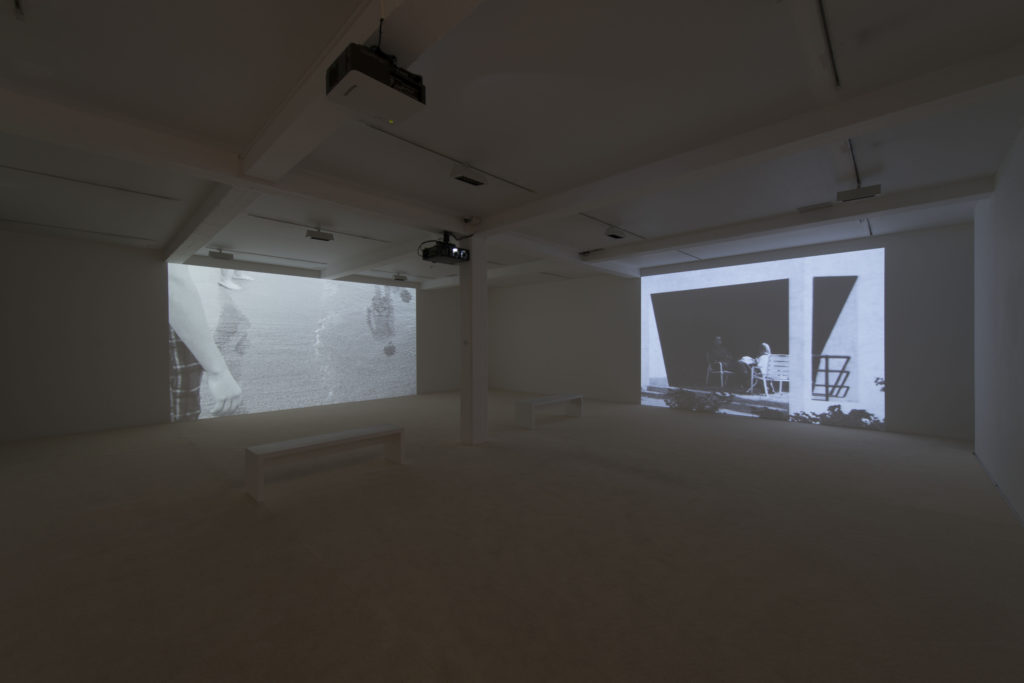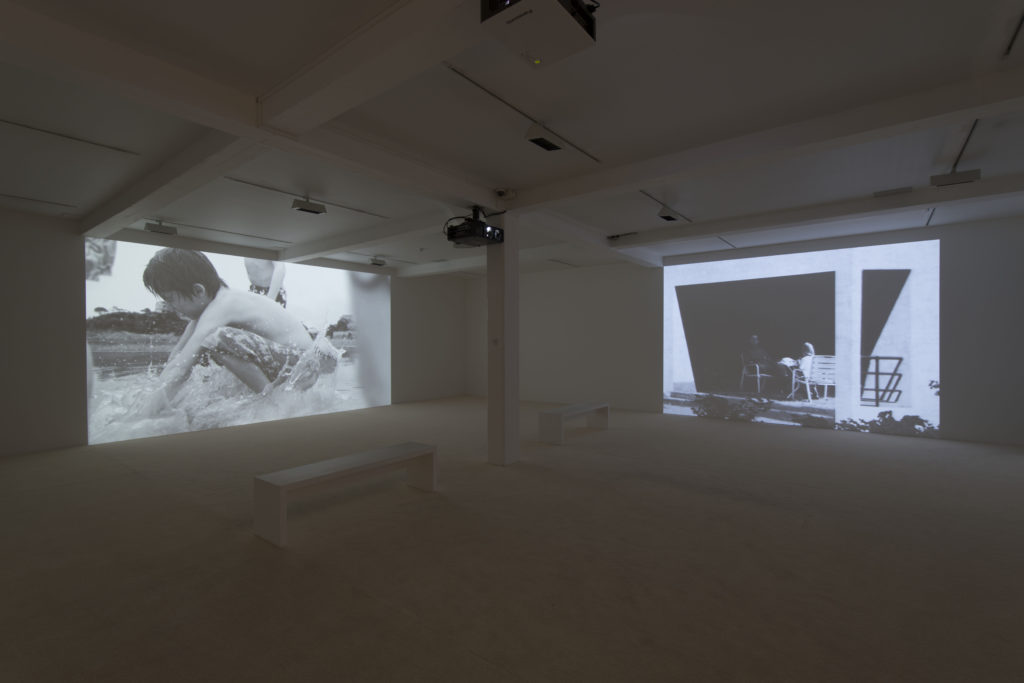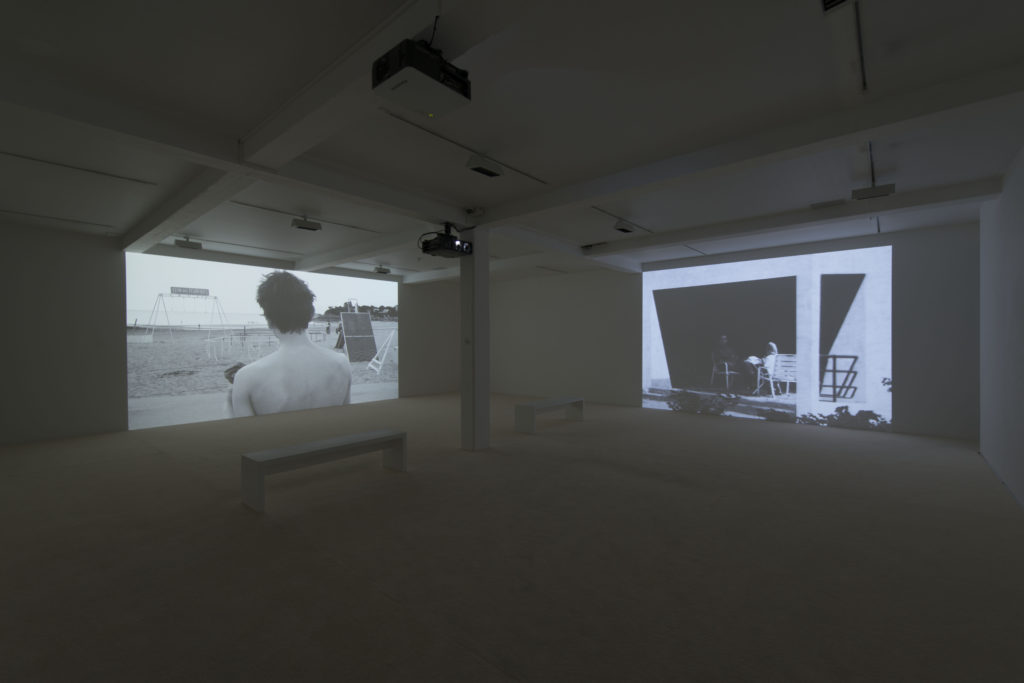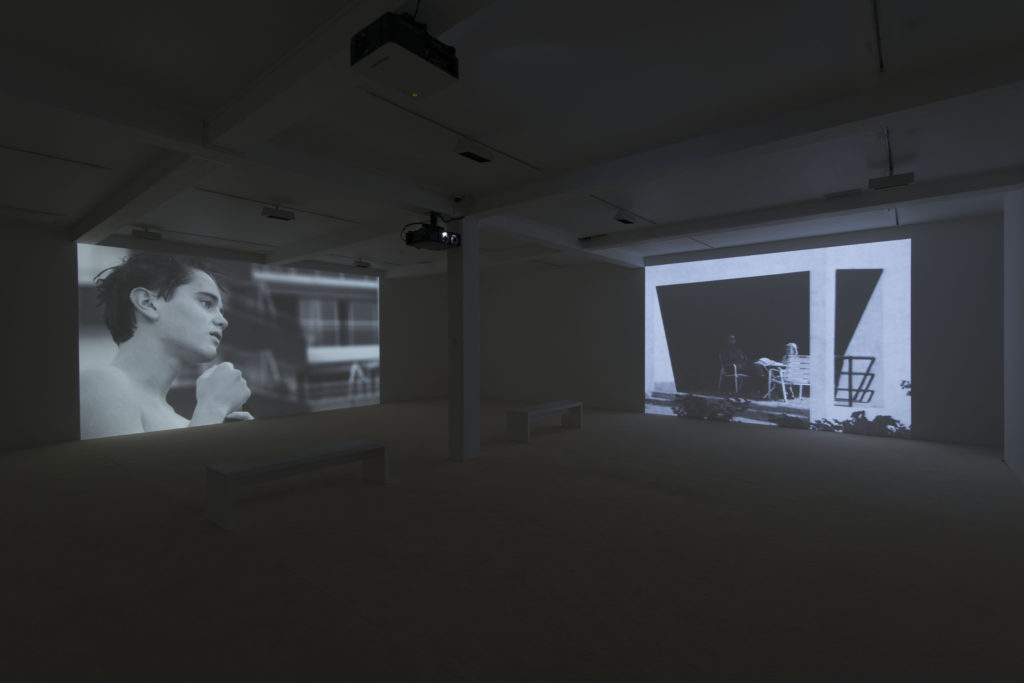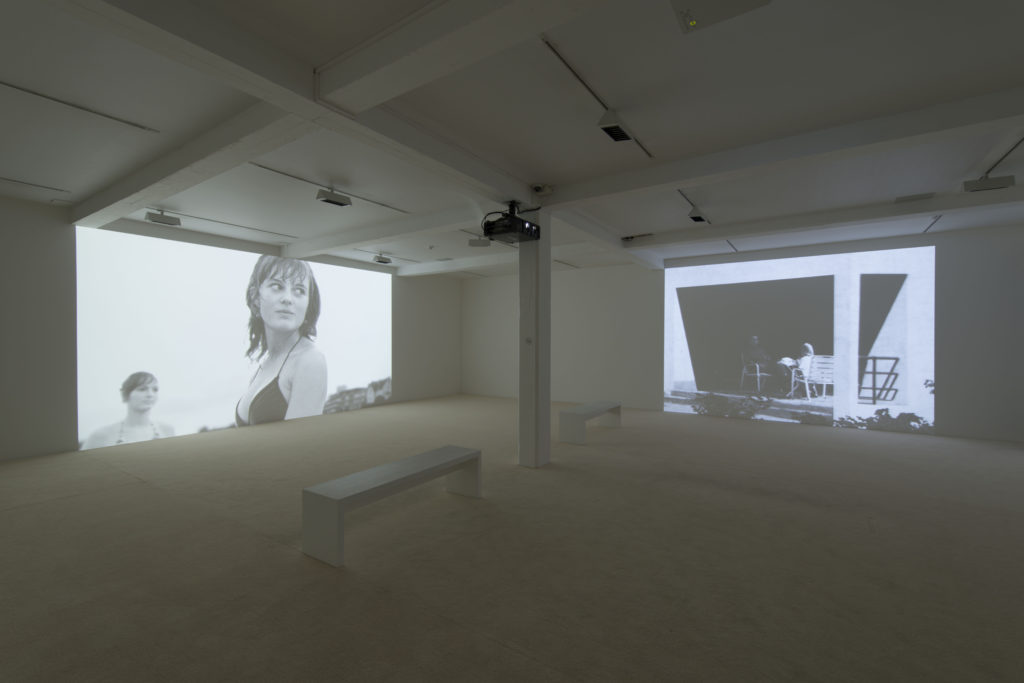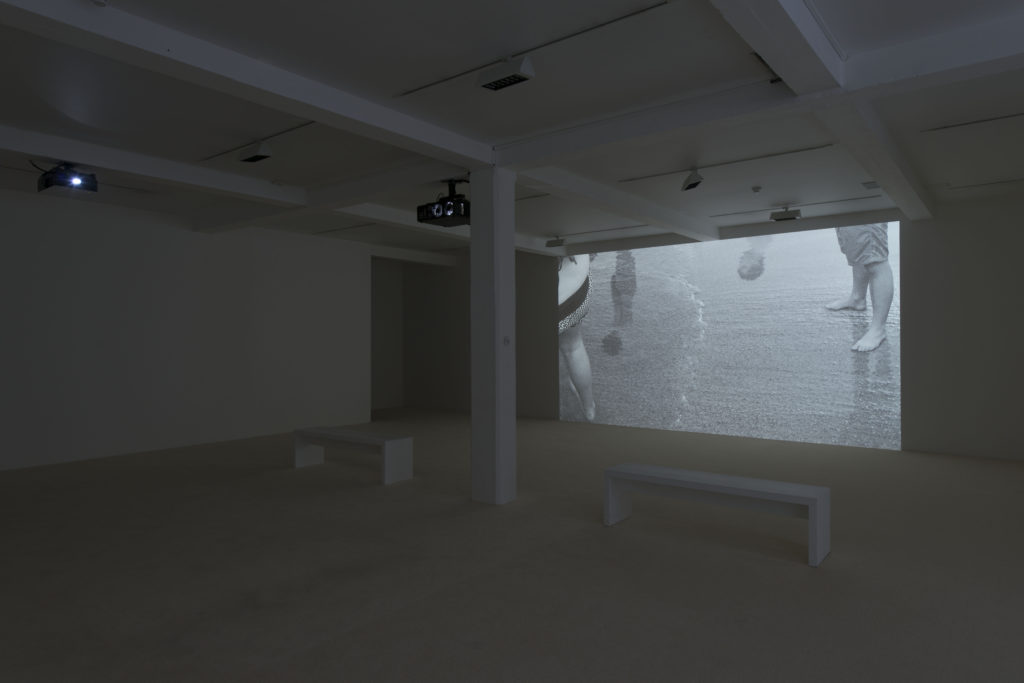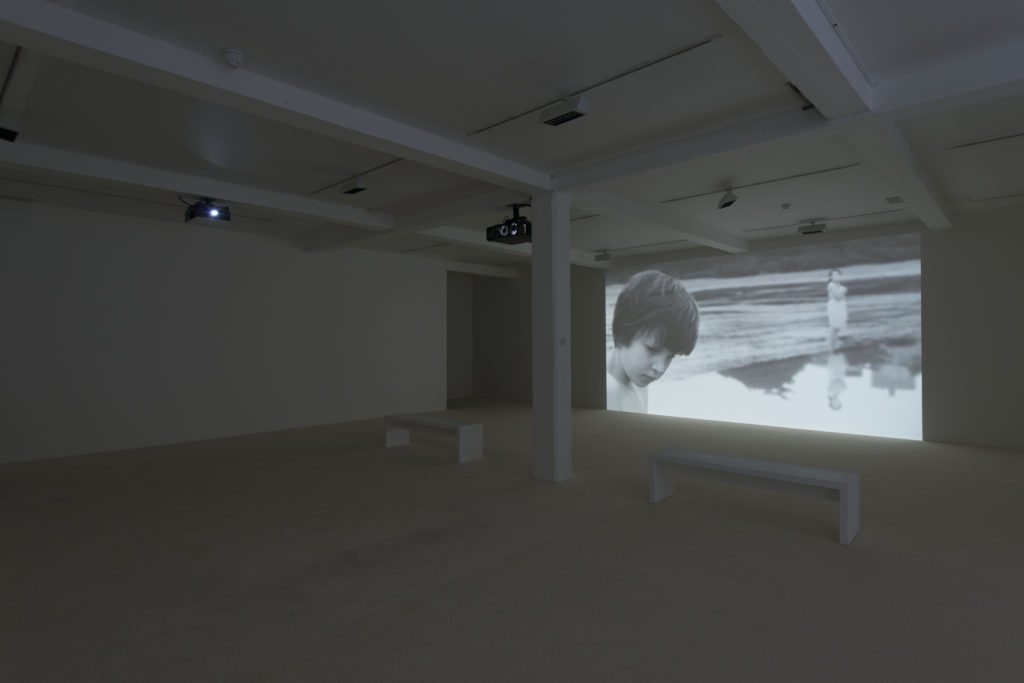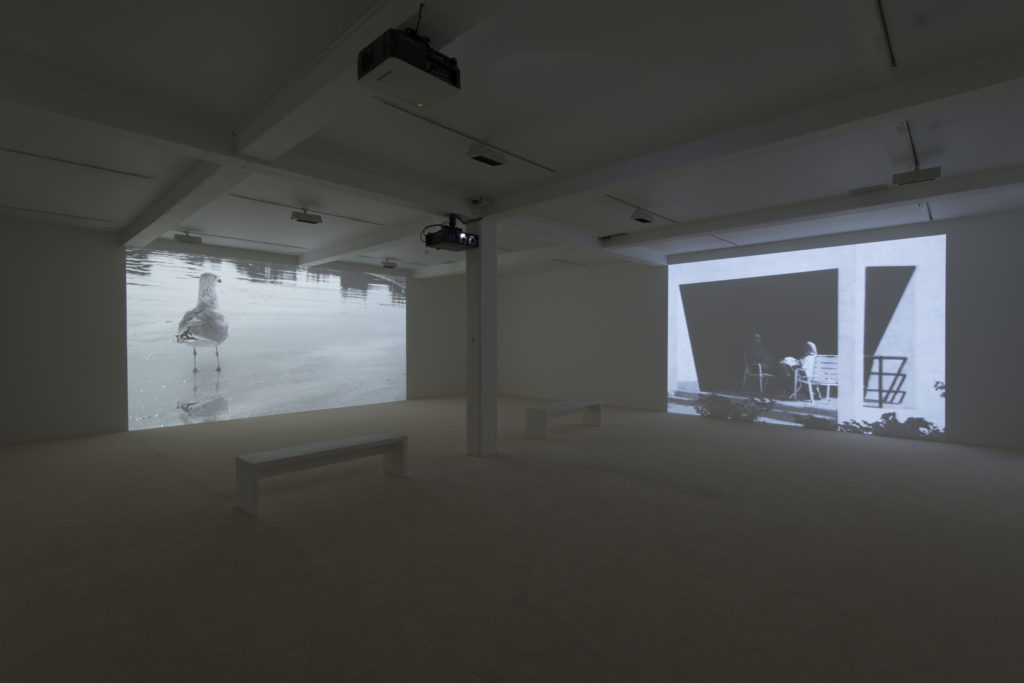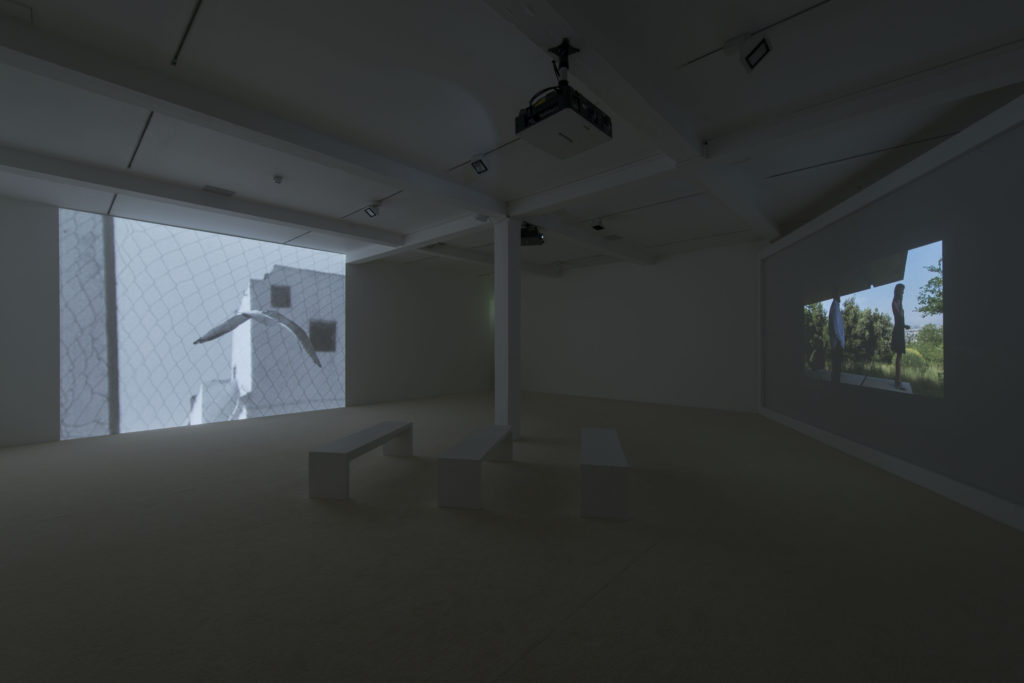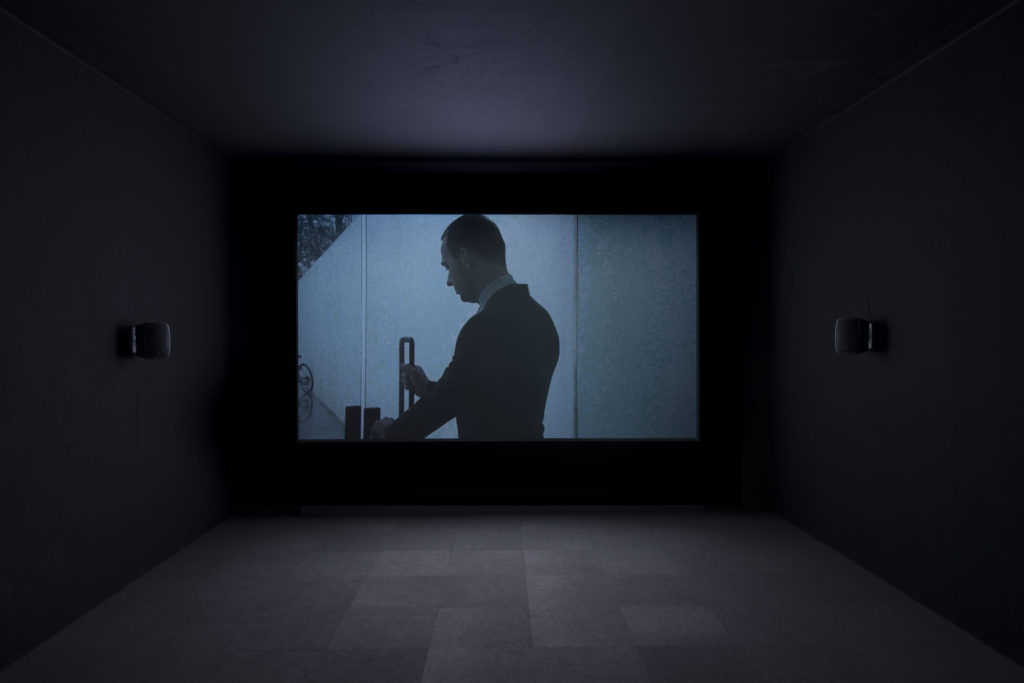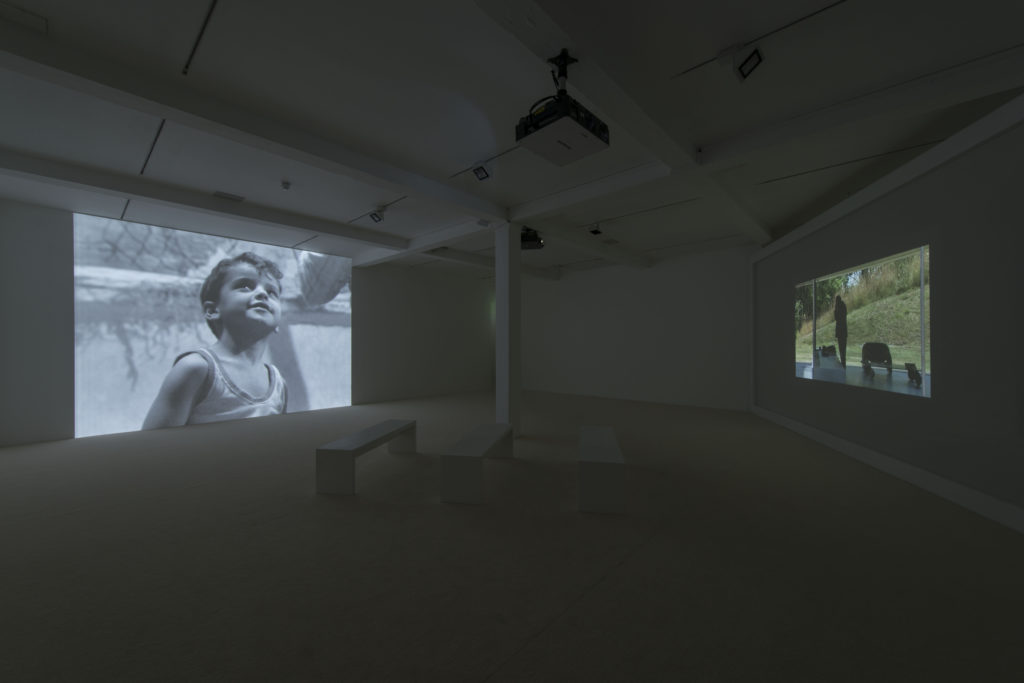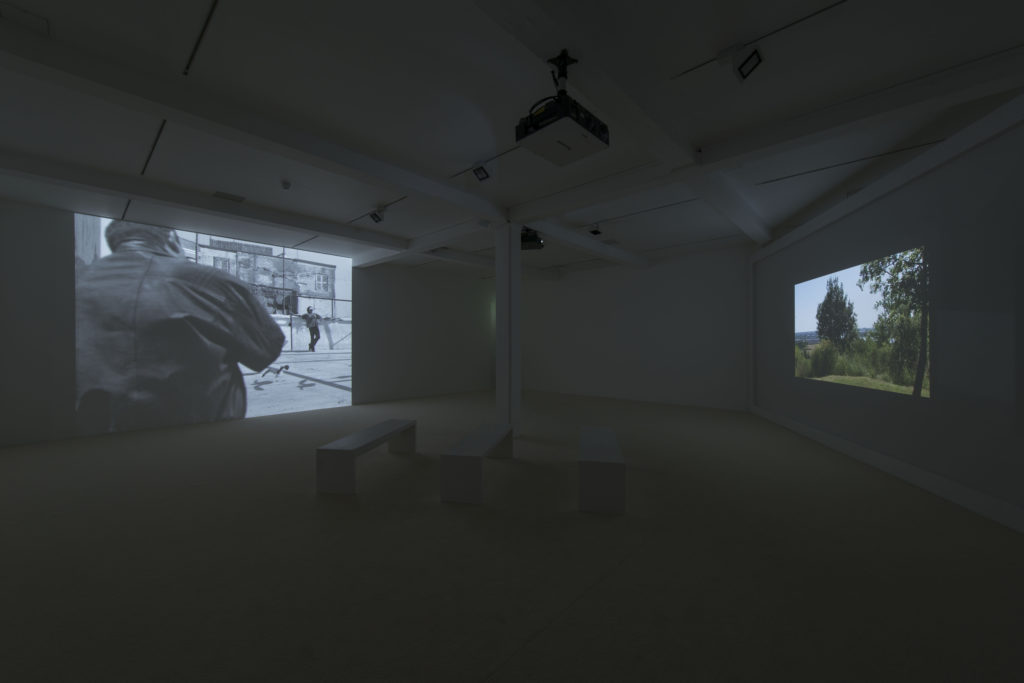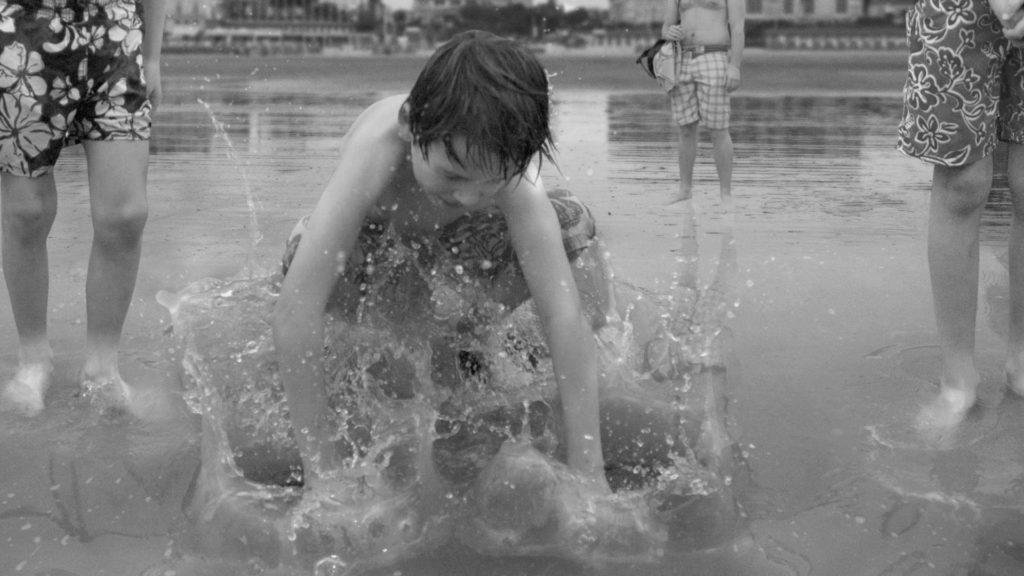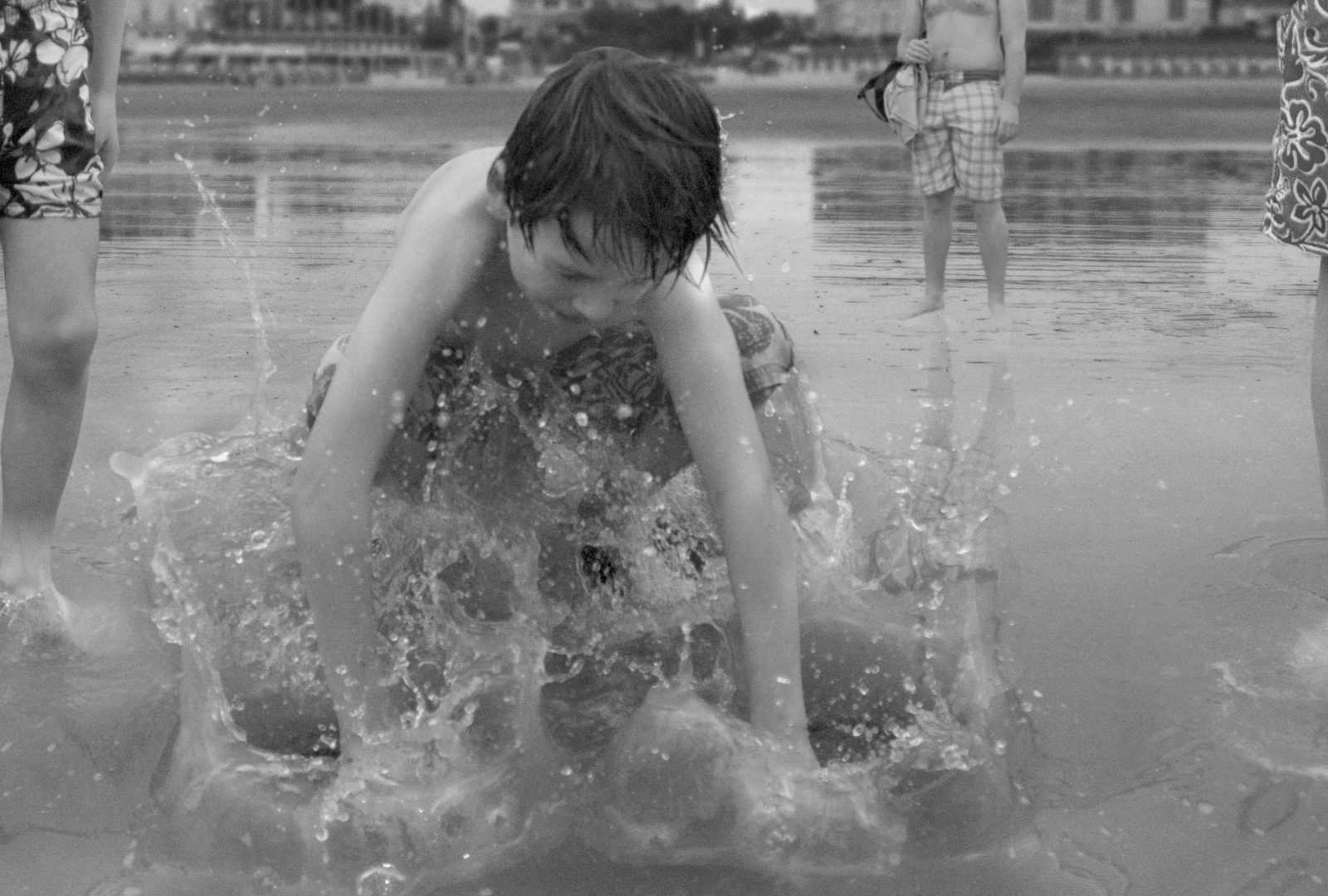
David Claerbout: The time that remains
31 May - 10 August 2012
Dedicated to the filmic works of Belgian artist David Claerbout, this exhibition features pieces he has made since the year 2000. It is Claerbout’s first solo show in a public London gallery.
As one of the most innovative and acclaimed artists of his generation working with moving image, Claerbout has created a striking body of works within which the media of film and photography appear to co-exist.
Claerbout’s works often depict some everyday activity or event that seems to be the subject of the work, but as time passes we as viewers face a dilemma in how to decipher the artist’s intention. The works not only alter our established understanding of time and the narrative process but also our notions of reality, illusion, and the relationship between them.
The exhibition opens with Orchestra, 2011. Viewers enter a darkened room only to find that they themselves are the focus of attention, both of the conductor and of the audience within the work. This reversal of the norm tends to create a moment of suspended silence.
Bordeaux Piece, 2004, at almost 14-hours long, is an epic film for which the same scene was played by three actors and filmed repeatedly at 10-minute intervals throughout a day, from 5.30 a.m. to 10 p.m. As the daylight changes, the repetition diminishes the impact of the drama until it becomes merely, as Claerbout says, ‘a motif lending rhythm to the real issue … which is to give form to duration by means of natural light’.
The final projection on the ground floor, The Algiers’ Section of A Happy Moment, 2008, is set on a small soccer pitch on the roof of the Casbah in Algiers and reflects on what Claerbout terms ‘the suspicious gaze’.
In the upper gallery, The Quiet Shore, 2011, shows a beach in Brittany at low tide. In the special and fleeting moments of twilight the smooth, wet, mirror-like surface of the sand reflects the world around it. Finally, in Sunrise, 2009, the almost magical scenes show a maid going quietly about her chores in pre-dawn darkness. Towards the end of the film a glorious piece of music by Rachmaninov accompanies and celebrates her journey into daylight.
This exhibition is accompanied by a comprehensive publication, co-produced with WIELS, Brussels, and distributed by Ludion.
The exhibition is generously supported by the Flemish authorities.


